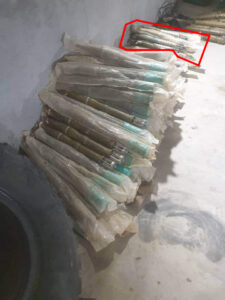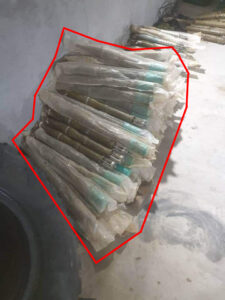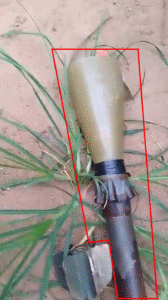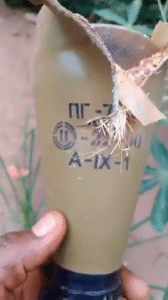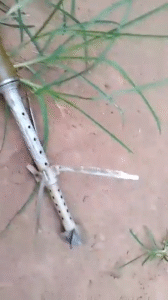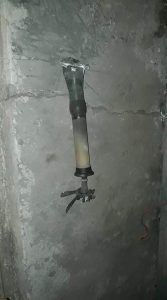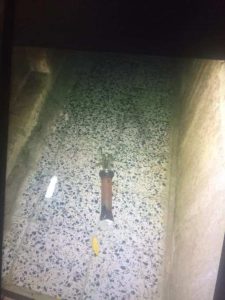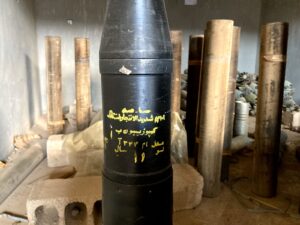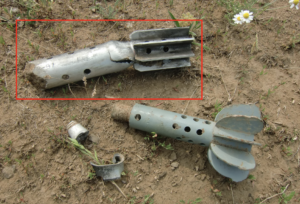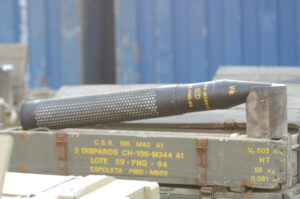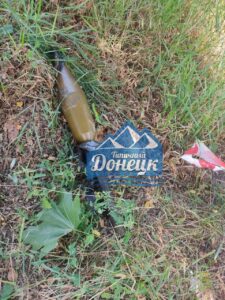13 results
Current Filter
Recoilless Munitions
Recoilless guns are direct-fire guns distinguished by a system of operation in which propellant gases (or another counter-mass, such as a powder or liquid) are expelled from the rear of the barrel in order to offset the recoil generated by forward momentum of the projectile. Many recoilless weapons have smoothbore barrels; however, several well-known models have rifled barrels. Weapons of the latter type are sometimes referred to as ‘recoilless rifles’. Recoilless weapons are generally sorted into two subcategories: crew-served recoilless weapons and shoulder-fired recoilless weapons.
Analyst Note:
This image shows an Iranian M344 106 mm recoilless gun projectile. The M344 is a high explosive anti-tank (HEAT) munition, containing a shaped charge that is designed to penetrate armour. (ARES)
Analyst Note:
Markings on this 106 mm recoilless gun projectile indicate it is a M344A1 high explosive anti-tank (HEAT) round (“CH-106-M344-A1”) produced by Fábrica Nacional de Granada (“FNG”), Spain, in 1984 (“84”). The packing crate identifies the intended weapon as an M40A1 Cañón sin retroceso, or ‘recoilless rifle’ (“C.S.R. 106 M40 A1”). Other markings show that the round is fitted with an M509-type point-impact, base initiating (PIBD) fuze (“Espoleta PIBD M509”), and give additional details such as the expected muzzle velocity (“V₀”) of 503 m/s. (ARES)
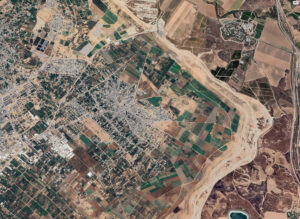
Collection
Israel and Gaza 2023 – 2025
On 7 October 2023, Hamas militants breached the heavily-fortified border separating Israel and the Gaza Strip, attacking numerous towns and villages. More than 1,000 people in Israel were reported killed, with more than 250 taken hostage and moved to Gaza. In response, Israel has launched one of its largest military operations of recent decades, seeking […]








